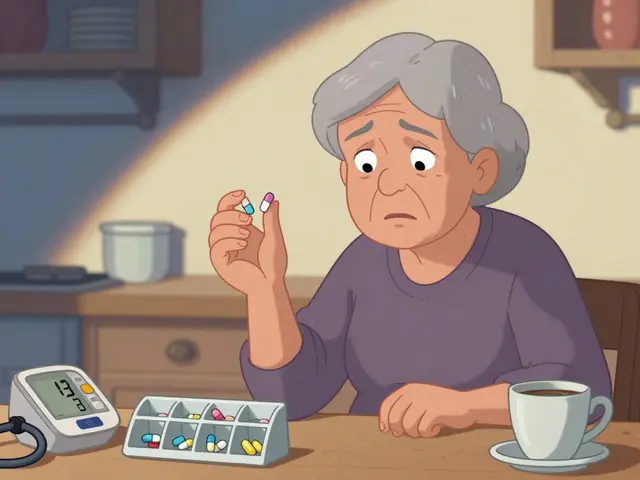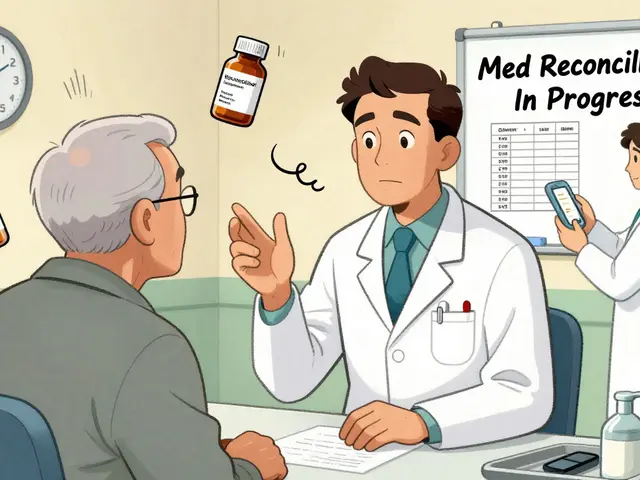Plant Sterols – What They Are and Why You Might Want Them
Ever heard of a natural ingredient that works like a mild statin without a prescription? That’s plant sterol for you. These tiny compounds look a lot like cholesterol, but when they reach your gut they block the absorption of real cholesterol. The result? Lower LDL levels and a healthier heart.
How Plant Sterols Lower Cholesterol
The trick is simple: plant sterols compete with dietary cholesterol for space in the intestinal wall. When sterols take up that spot, less cholesterol slips into your bloodstream. Studies show daily intakes of 1.5 to 3 grams can shave off 5‑10% of LDL levels.
Most people get this amount by adding fortified foods – like spreads, yogurts, or orange juice – to their diet. A single serving of a sterol‑enriched spread often delivers around 0.8 g, so two servings a day usually hit the sweet spot.
Choosing Safe Plant Sterol Supplements
If you prefer pills over fortified foods, pick a supplement that’s third‑party tested. Look for labels that state the exact amount of plant sterols per dose and avoid products with hidden fillers or artificial colors.
A typical safe dose is 1 gram taken twice daily with meals. Taking them on an empty stomach won’t help because there’s no cholesterol to compete with. Pair the supplement with a balanced diet rich in fiber – oats, nuts, and beans work great together.
Side effects are rare, but some people report mild stomach upset or reduced absorption of fat‑soluble vitamins (A, D, E, K). To keep vitamin levels steady, add a daily multivitamin or choose foods naturally high in those nutrients.
People on cholesterol‑lowering drugs should talk to their doctor before adding plant sterols. The combination is usually safe, but individual health conditions can change the picture.
One more tip: don’t expect instant results. It takes a few weeks of consistent use for blood tests to show any drop in LDL. Patience and steady intake are key.
In short, plant sterols offer an easy, food‑based way to support heart health. They’re affordable, widely available, and work best when you pair them with a wholesome diet. Just pick a reputable product, stick to the recommended dose, and keep an eye on your overall nutrient intake.

How to Manage High Cholesterol with the Mediterranean Diet (2025 Guide)
Lower LDL with a Mediterranean diet. Step-by-step plan, Aussie-friendly meals, shopping tips, cheat sheets, and evidence from PREDIMED and AHA guidelines.
View More




